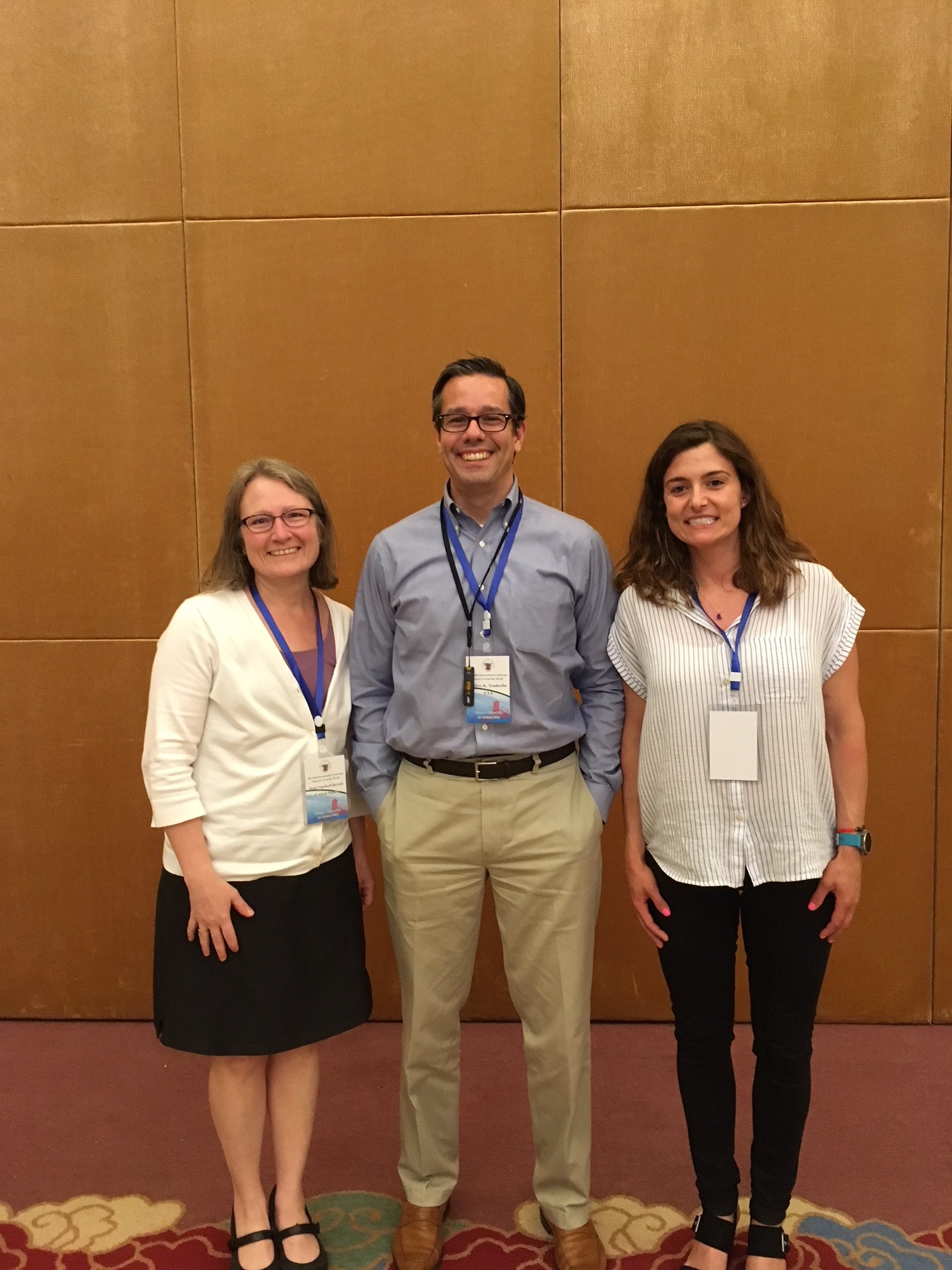California almond acreage is at an all-time high — and more almonds means more opportunity for coproduct innovation. The almond industry has always sought beneficial and responsible uses for almond hulls, shells and woody biomass, such as dairy feed, livestock bedding and feedstock for cogeneration plants. Now, the industry is presented with an opportunity to further increase the value of almond coproducts and bring greater ecological and economical returns to growers, processors and beyond. That opportunity is insect feed to grow sustainable insect protein sources.
The Almond Board of California (ABC) has been working to obtain market access in China for almond hulls as feedstock with an expected final approval in 2019. ABC has simultaneously funded several research projects to access and improve the feed value of almond hulls for insect feed. UC Davis’ preliminary feeding studies of black soldier fly (BSF) larvae using almond biomass have shown very promising results to support the continuation of these efforts. The BSF larvae grown using almond hulls are a sustainable protein source to be incorporated into poultry, fish and other animal feed.

This ABC-funded research is being led by Dr. Jean VanderGheynst’s lab at UC Davis. The research team fed ground almond hulls to BSF larvae and assessed growth rates and the nutritional content of the cultivated larvae. Results demonstrate that with proper management almond hulls are a suitable feedstock for BSF larvae production.
In a recent conversation about the efficiency of almond hulls as an insect feedstock, Dr. VanderGheynst and Lydia Palma, a PhD student in the Department of Biological and Agricultural Engineering at UC Davis, explained the process of successfully growing BSF larvae. According to the team, black soldier flies can be fed anything that would be headed for the compost pile. Historically, BSF larvae have been grown using yard waste, food waste and even municipal waste. However, if the larvae’s end use is in animal feed, the requirements are more stringent and the larvae must be grown using pre-consumer food waste, which can include almond hulls.
Palma led feeding trials which varied the amount of water and oxygen provided in the growth environment which produced BSF larvae with different amino acid compositions and calcium content. More work is needed to determine the most efficient levels of aeration, moisture content and other growth environment variables to achieve controlled production of BSF larvae.
Additionally, after the BSF larvae have eaten their fill, there are still spent almond hulls leftover. As such, the UC Davis research team is investigating using spent hulls as a soil amendment, due to their abundant source of essential plant nutrients.
A recent regulatory change by the Food and Drug Administration now allows for dried insect larvae and protein meal made from insect larvae to be incorporated into poultry feed, opening the market for insect ingredients such as BSF larvae. The almond-hull reared BSF larvae could be sold as a feed additive for poultry, fish, young livestock, domestic animals and even reptiles.
In a broader sense, to use almond hulls most efficiently from an environmental and economic perspective, it will be important to diversify their feed applications. Dr. Karen Lapsley, Chief Scientific Officer, Almond Board of California, noted her optimism about insect farming’s utilization of almond coproducts, especially because of the high demand for quality feedstocks in China. One of the goals going forward is to standardize the insect feed source and feed application for a commercial scale.
The almond community is committed to achieving zero waste in almond orchards by putting everything grown to optimal use. To learn more about the industry’s zero waste initiative and the potential for creating a bioeconomy through the transformation of almond coproducts, visit Almonds.com/ZeroWaste.


